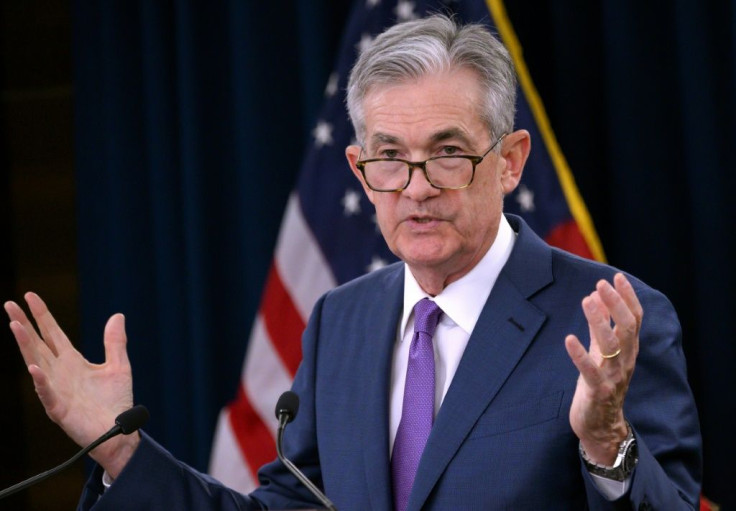Interest Rates Cut: Fed Moves To Cushion Economy Against Slowdown, Trade War

The Federal Open Markets Committee ended its two-day meeting Wednesday, cutting interest rates the expected 25 basis points in a move U.S. Federal Reserve Chairman Jerome Powell said was aimed at promoting continued growth and staving off the effects of President Trump’s trade war with China.
The move comes amid pressure from President Trump to lower the federal funds rate – the rate at which banks borrow money – to zero or lower, a move Powell rejected as unnecessary and unwise.
Wednesday’s action lowers the Fed’s target rate to 1.75% to 2%.
The FOMC has two more meetings this year in October and December, where rates could be cut again. However, only seven of the 17 Fed leaders were leaning toward another cut and economic forecasts indicated rates could go higher, not lower.
Fed governors are sharply divided over the need for rate cuts barring a sharp deterioration in the economy. Government data have been mixed in recent months, capped by the August jobs report that saw only 130,000 new jobs being created and a contraction in manufacturing for the first time in three years.
The Fed statement noted the job market remains strong and consumer spending is rising. It predicted 2.2% economic growth this year.
“[But] uncertainties about this outlook remain,” the Fed said in a statement. “Although household spending has been rising at a strong pace, business fixed investment and exports have weakened.”
Trump called Fed policymakers “boneheads” in a tweet last week for resisting his advice.
The New York Fed also moved in the last two days to stabilize money markets by injecting $125 billion to ease the overnight funding crunch that saw interest rates shooting as high as 10%, compared with 2% just two days earlier. The move was the first of its kind in a decade.
Banks bid $80 billion at auction, $5 billion more than the Fed offered Wednesday. On Tuesday, they sought $53 billion. Overnight rates, however, remained above Fed targets, partly the result of corporate tax payment deadlines and Treasury auctions.
U.S. bank reserves are at their lowest level since 2011, the result of tightening monetary policy.
© Copyright IBTimes 2024. All rights reserved.






















